Choosing a cover for the sandbox
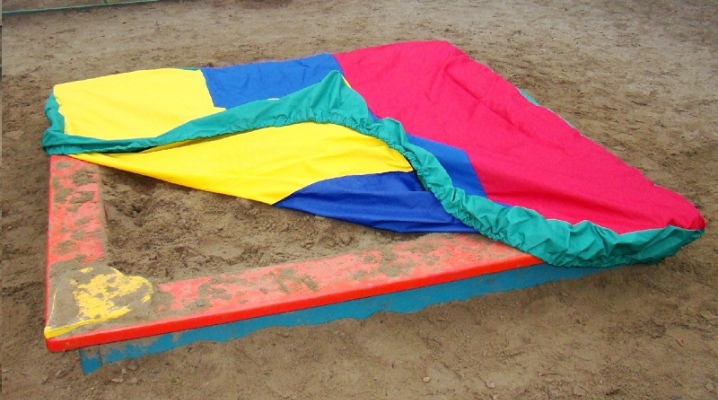
The sandbox is perhaps the most popular playground for children in almost any yard. Thus, keeping it clean becomes an important task. If during the day it is rarely polluted, then this cannot be said about the dark time of the day. One of the economical, reliable and relatively cheap options to prevent contamination is the sandbox cover. All about where to buy it, how to choose, what to look for when buying, as well as much more, read our article.
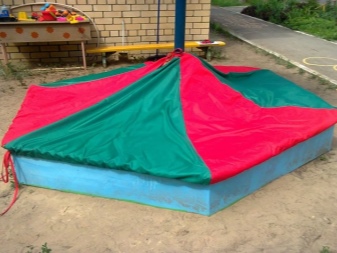
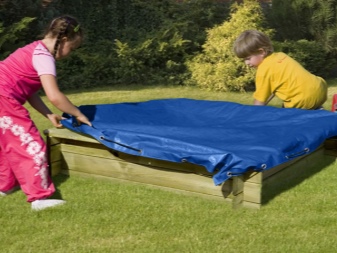
Peculiarities
As a rule, a sandbox cover is sewn to order or purchased in online stores, much less often it can be bought at regular retail outlets. The main purpose of a sandbox awning is to keep debris, water or precipitation out of the sand. But most often, awnings are purchased in order to protect the sand from animals. As you know, most of them like to dig in the sand or leave their excrement in it. The product is a waterproof fabric with an elastic band located at the edge and eyelets through which it is threaded. The cord secures the cover to the sandbox and prevents it from shifting during winds.
Sometimes the eyelets and cord are replaced with a thick elastic band. Models with elastic band wear out faster. It is the excellent fittings that speaks of the quality of the product as a whole. An alternative is a sandbox lid, but sometimes it is too expensive or needs to be purchased with the sandbox. Making an awning to order faster and cheaper. Such covers usually tolerate washing and damp cleaning well. The price for such products varies from 1000 to 4500 rubles. Custom size models may be priced higher. The average weight of a product in a package is 1 kg.
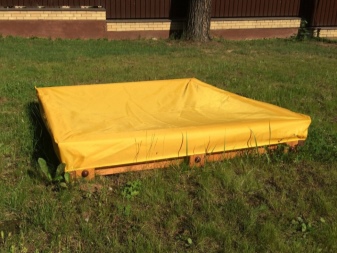
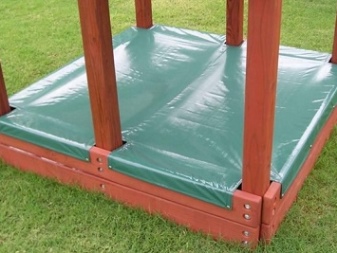
What are they?
First of all, sandbox tents can be divided according to the material of manufacture.
- Tarpaulin. Such models are made of a material (tarpaulin) impregnated with water-repellent substances. Are not always durable.
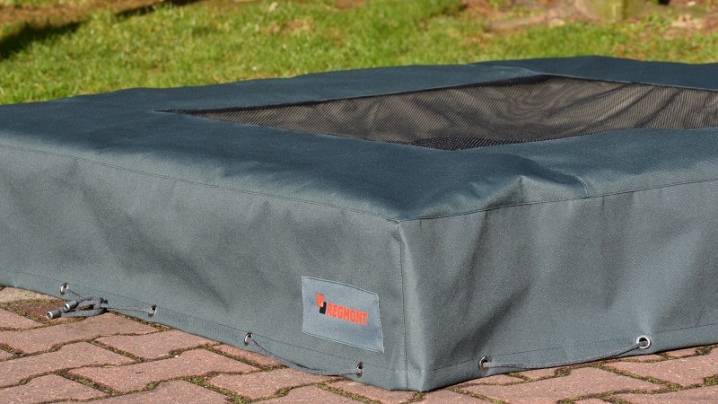
- PVC. Such coatings are waterproof and durable.
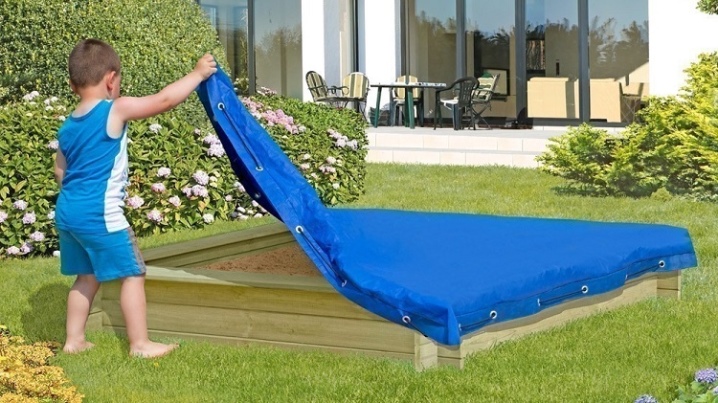
- Oxford. Special fabric, sandbox covers made of which are lightweight and easy to store.
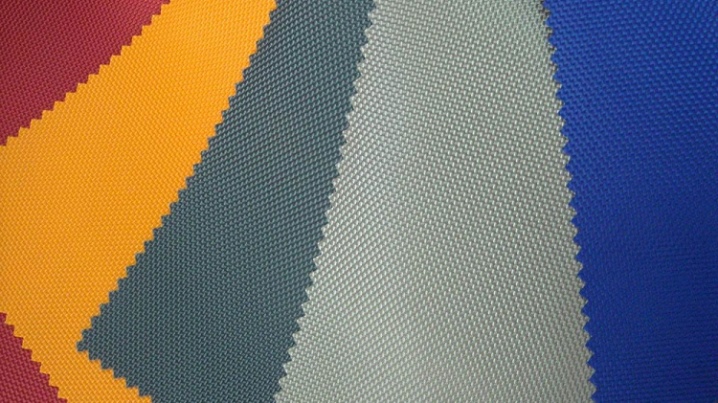
- Awning fabric. Such material is wettable, so products made of it will not protect against moisture or precipitation. Designed only for protection from animals and debris.

- Cellophane. Products made from such material are now used extremely rarely. If you cover a sandbox with such an awning, then the slightest efforts of animals can easily damage the integrity of the cover. They are easily torn from any unintentional touch of a person. In general, they have proved to be very poor. However, they are still used in kindergartens.
All such "covers" made of fabric must be made of materials with a density above 120 g / m2. And also awnings can have various shapes, that is, they are intended for hexagonal, square, round, triangular and other types of sandboxes.
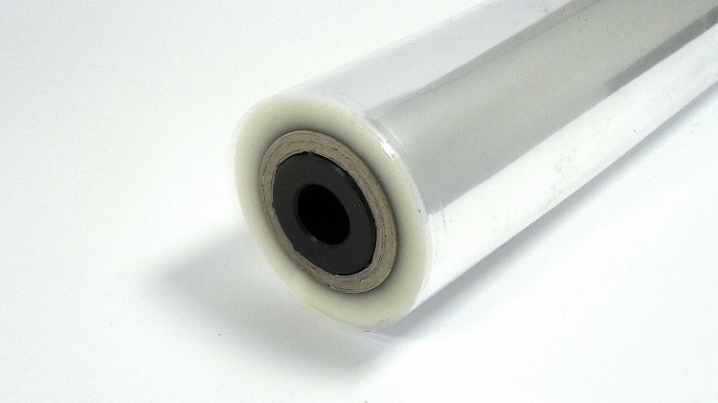
Nuances of choice
Such capes are purchased for private houses or summer cottages, less often for common yards. Sometimes kindergartens order them. The main criterion when choosing a cover for a sandbox is size. The cover along the edges should be 10-15 cm larger than the size of the sandbox. And you also need to pay attention to the color of the cape. They are usually bright and can attract the attention of birds or other animals. If there is an easy access to the sandbox, then it is better to opt for less bright colors.
It is worth considering the impregnation of the material from which the awning is made - it must protect against UV rays. Simply put, the cape should not fade in the sun over time. For those who do not want to fiddle with eyelets or an elastic band, you can purchase or sew a custom case without the presence of accessories. In this case, the cape will resemble a sofa cover, which will cover the sandbox like a "box" put on top.
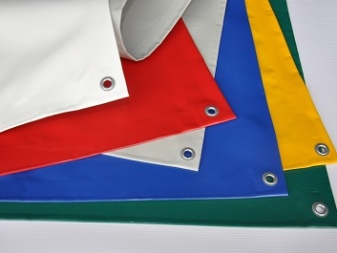
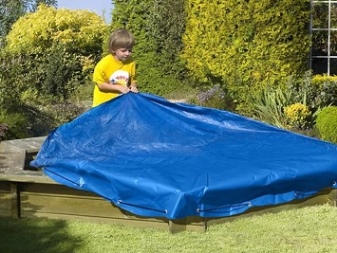
Before buying, it is recommended to ask the seller for documents that certify the safety of the product. The materials should not highlight anything in the sandbox, which children will later play in. Moving away from the topic, I would like to mention that the sandbox cover is easy to sew on your own if you have not found a suitable one on sale. As materials and tools, you can use ordinary bathroom curtains, clothesline, thread with a needle and scissors.
In conclusion, it is worth noting such an important point as safety precautions. Almost all materials from which the covers are made are highly flammable. Do not allow products to be near fire.
These products must only be used for their intended purpose.
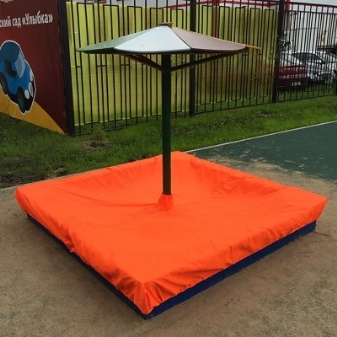
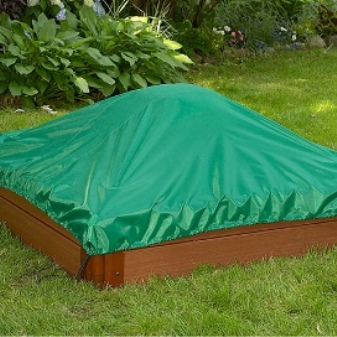













The comment was sent successfully.